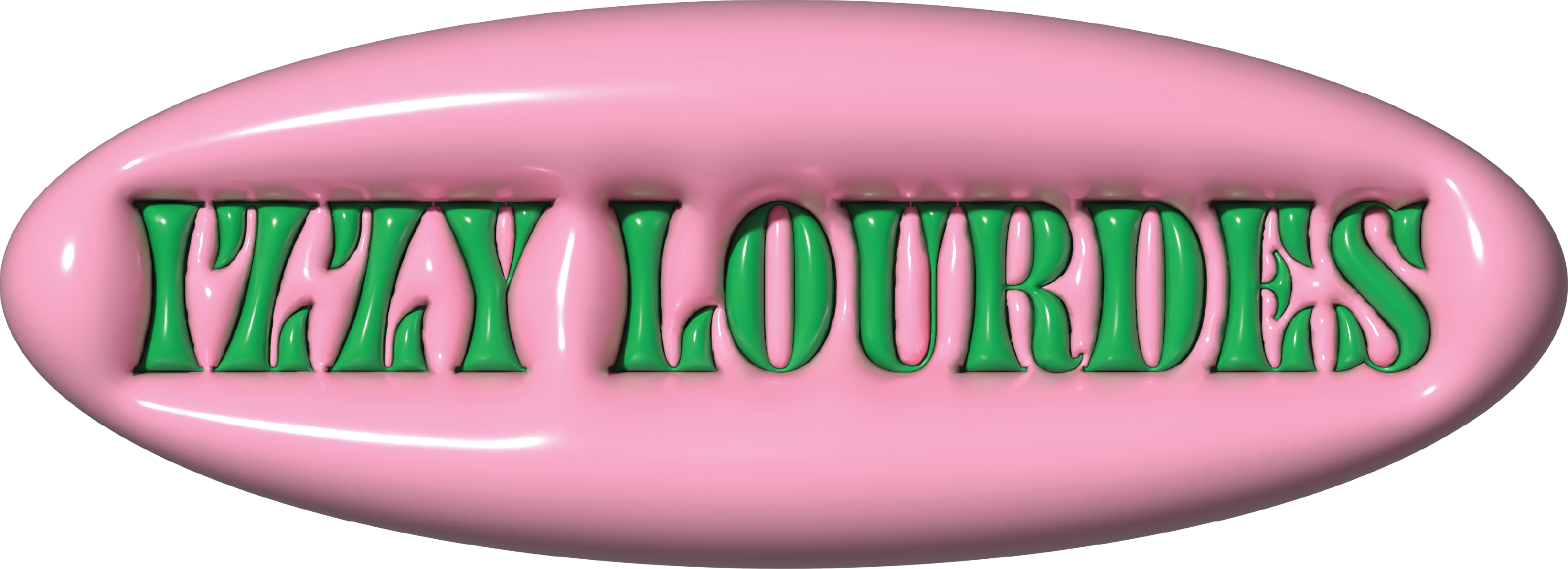From XD to Figma: The game-changer for team collaboration
Figma brings cross-functional teams together, simplifying the design process and ensuring everyone stays aligned, leading to faster turnarounds and polished final products.

Figma acts like a well-organized toolbox, giving design teams everything they need in one place to build intuitive, cohesive experiences with precision and efficiency.
When the conversation around moving our design team from Adobe XD to Figma first came up, I knew it was more than just swapping tools — it was about revolutionizing how we worked together. While Adobe XD had been our go-to for a while, we had reached a point where the limitations in collaboration and version control were slowing us down. The design process wasn’t as smooth as it could be, and with our growing team, efficiency and real-time collaboration became non-negotiable.
Here’s a look into why we made the switch, how the transition went, and the impact it had on our workflow and team collaboration.
Why Figma?
At first, it wasn’t easy to suggest a shift – it would cost us not just money, but time. Adobe XD and Sketch were familiar territory, and like any major transition, it felt daunting. But as we dug deeper into Figma’s capabilities, the benefits became clear. Figma’s biggest advantage? It’s built for collaboration. Unlike XD, Figma allows multiple designers (and even developers or stakeholders) to work on the same file in real time. No more duplicate files, no more conflicting versions, and no more asking, “Who has the latest version?”
This real-time collaboration was crucial for us. With a distributed team, we needed a tool that would let us brainstorm, design, and iterate together — whether we were in the same room or halfway across the world, which many of us were during the remote work era! Figma provided that collaborative environment, allowing us to work as a cohesive unit, even when we were apart.
Bringing the team onboard
Switching design tools isn’t just a matter of learning a new interface — it’s about adopting a new way of working. To ease the transition from Adobe XD to Figma, we approached it methodically. Here’s how we made the shift:
- Educating the Team:
First, we organized a few training sessions to get everyone familiar with Figma’s interface and key features. While many of the design principles were the same, Figma’s collaborative tools, design tokens, and component library structure needed to be explored in depth. The team was excited to see how we could all jump into the same file and work together, which (while not immediate) helped spark buy-in. - Migrating Projects:
We then migrated our existing Adobe XD files to Figma. There was no one-click solution for this, so we converted our files where possible, and manually rebuilt our design system in Figma. While this was time-consuming, it gave us a chance to clean up outdated elements, reorganize our design tokens, and ensure our component library was structured better than it had been in XD. This process helped everyone get comfortable with Figma, while also refining our existing design files. - Setting Up Collaborative Processes:
One of the main reasons for switching to Figma was to streamline collaboration, from designers to developers and everyone in between. We established new workflows that took advantage of Figma’s features. We set up shared team files, created a central design system library, and used Figma’s commenting feature to provide feedback directly in the design files. This reduced the need for long feedback loops that would inevitably get lost in Slack or email — everything was in one place. - Involving Developers Early:
Figma wasn’t just a win for designers — it made life easier for developers, too. We could invite developers directly into our design files, where they could inspect layers, measure dimensions, and grab CSS properties without needing a handoff meeting. This simplified our handoff process and improved the design-to-development workflow, making everyone more efficient.
The impact: collaboration unleashed!
The shift to Figma fundamentally changed how we worked together as a team. The biggest improvement? Real-time collaboration.
- No More Version Confusion
Gone were the days of asking, “Which file is the latest?” or “Can you send me the most up-to-date version?” Figma’s cloud-based nature meant we were always working on the latest iteration of a design. This saved countless hours of back-and-forth and eliminated confusion over which version to review or update. - Team-Wide Brainstorms
One of the unexpected benefits of Figma was how it transformed our brainstorming sessions. Instead of sharing static mockups in a presentation, we could jump into a shared file and ideate together. Team members could drag elements around, suggest alternatives, and leave comments in real time. It turned passive reviews into active, dynamic design sessions. - Improved Design System Management
Figma’s design system capabilities allowed us to centralize all of our components, ensuring that everyone had access to the same buttons, icons, and typography styles. Updating the design system became a collaborative effort—if someone made an improvement to a component, it was instantly available to the entire team. This helped maintain consistency across our projects and reduced the risk of design discrepancies. - Faster Handoffs
With Adobe XD, the design-to-development handoff process involved exporting assets and holding detailed handoff meetings. With Figma, developers could access the design files directly, inspect elements, and grab everything they needed without a middleman. This sped up our production timeline and reduced the risk of miscommunication.
Key Takeaways from the Transition
Not only did we learn a brand new design tool to help strengthen our process, we also...
- Invested in Training:
Getting the entire team on the same page is essential when transitioning to a new tool. Taking the time to educate everyone on Figma’s features made a huge difference. - Embraced Real-Time Collaboration:
Figma’s real-time design capabilities unleashed our creativity. It allowed us to iterate faster and work as a unit, no matter where we were located. - Centralized our Design System:
Figma’s shared libraries made it easier to keep our design system consistent across the team, reducing redundancy and streamlining the design process. - Simplified Handoffs:
Figma eliminated many of the headaches associated with design-to-development handoffs, making our workflow more seamless.
Final Thoughts
Moving from Adobe XD to Figma was one of the best decisions we made as a team – not only did it improve our workflow, but it also fostered a stronger sense of collaboration and creativity! If you’re considering making the switch, I can confidently say that the benefits far outweigh the challenges of the transition. Figma’s ability to bring teams together in real time has transformed the way we work, and we haven’t looked back since.

